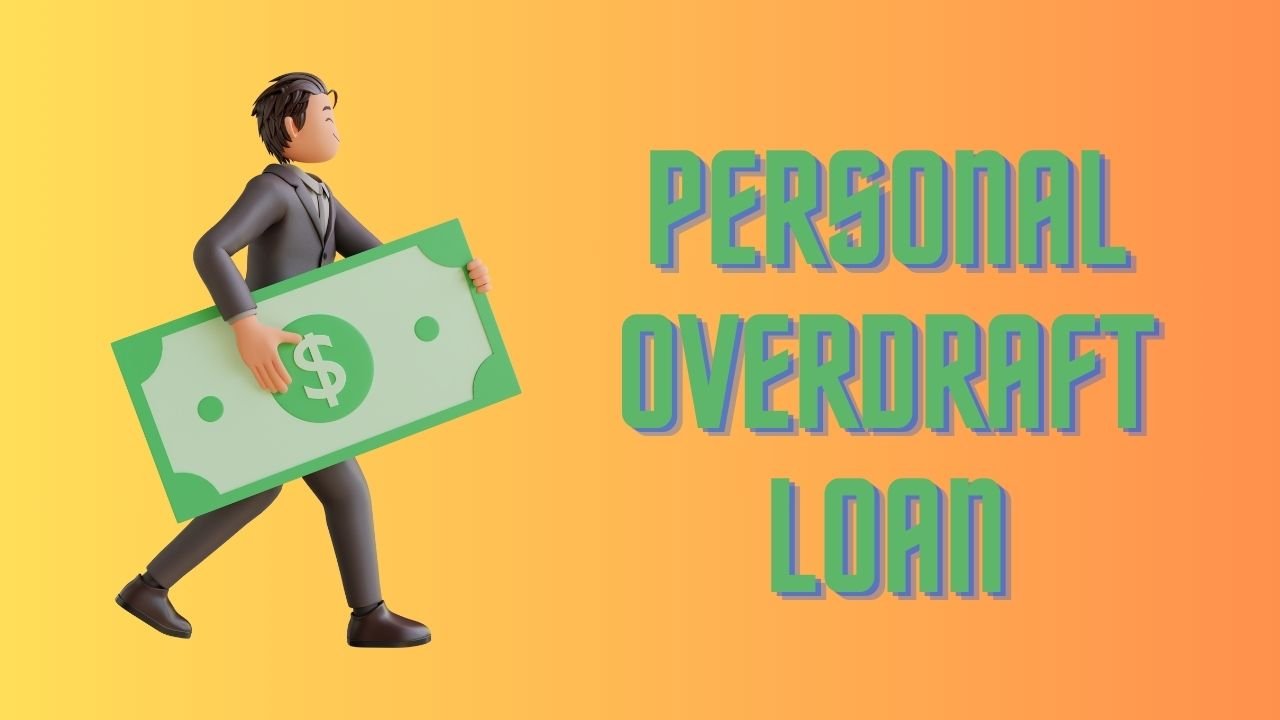What Is a Personal Overdraft Loan?
A personal overdraft loan (also known simply as an overdraft facility) allows you to withdraw more money than you have in your account, up to a pre-approved limit. It’s often linked to your checking or salary account and can be used as and when needed. Interest is charged only on the amount you use, not on the full approved limit.
This flexibility makes it appealing—but it also makes it easy to misuse if you’re not tracking your usage and costs.
Why You Need a Personal Overdraft Loan Calculator
Many people assume an overdraft is “free money” until they see their monthly statement. The interest rates on overdraft loans can range from 10% to 25% or more annually, depending on your bank and creditworthiness. There may also be processing fees, renewal fees, and penalties for late repayments.
A calculator helps you break down:
- How much interest you’ll pay
- The daily or monthly cost of using the overdraft
- The total repayment amount based on your usage period
By using a calculator before borrowing, you can avoid surprises and plan better.
How a Personal Overdraft Loan Calculator Works
Most online calculators are simple to use and require just a few inputs:
- Loan Amount (Overdraft Amount Used)
Enter how much of the overdraft you plan to use (e.g., $1,000). - Interest Rate (APR)
Use the annual percentage rate provided by your bank (e.g., 18%). - Loan Duration
Enter how long you expect to use the overdraft before repaying it (e.g., 30 days). - Fees (If Any)
Some calculators let you add in processing or monthly fees for a more accurate estimate.
Once you enter this information, the calculator will show:
- Total Interest Payable
- Total Repayment Amount
- Effective Monthly Cost02
Example Calculation
Let’s say you use $1,000 from your overdraft limit for 30 days at an 18% annual interest rate.
- Daily interest rate = 18% ÷ 365 = 0.0493%
- Interest for 30 days = $1,000 × 0.0493% × 30 = $14.79
So, if you repay in 30 days, your total repayment is $1,014.79.
Now imagine using it for 3 months instead—you’d be paying over $45 in interest alone, not including any fees your bank might charge.
Common Mistakes to Avoid
Even with a calculator, borrowers often make these mistakes:
- Ignoring compounding interest: Some banks compound interest daily, increasing your total cost.
- Not considering renewal fees: Overdraft facilities often need to be renewed annually, sometimes with a fee.
- Overestimating repayment ability: Just because the limit is available doesn’t mean you should use it all.
A calculator gives you the true picture, but it’s up to you to borrow responsibly.
Tips for Using an Overdraft Responsibly
- Use only what you need, not the full limit.
- Repay quickly to reduce interest charges.
- Check your statement monthly for hidden fees or rising interest costs.
- Compare other loan options—a short-term personal loan might be cheaper in some cases.
Final Thoughts
A personal overdraft loan can be a helpful tool in managing short-term cash flow issues—but it’s not without cost. A personal overdraft loan calculator helps you estimate how much that convenience will cost you, so you can make an informed decision.
